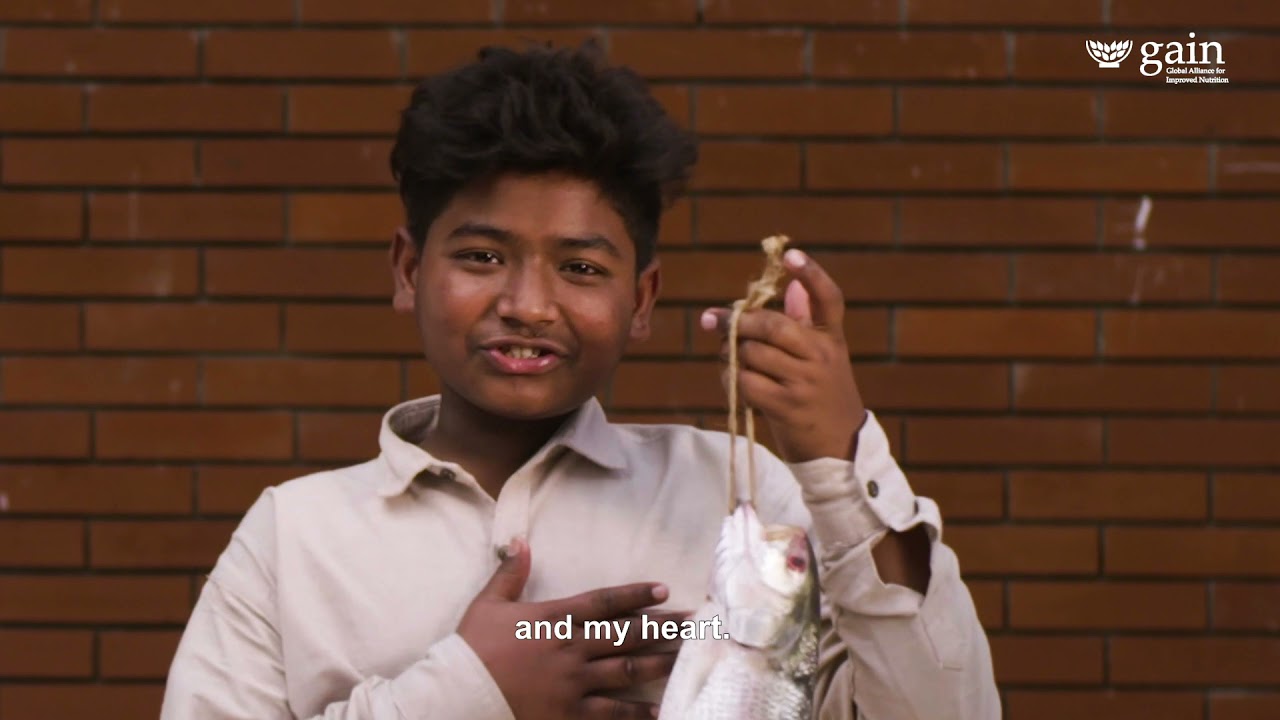

Most consumers in low-income countries purchase their food from traditional markets. Understanding the rapidly changing situation of traditional markets during a health crisis is vital to keeping food markets open, ensuring vendors maintain their livelihoods, and consumers can purchase nutritious foods. GAIN will assess consumer and vendor resilience, and perceptions of health and safety in traditional markets, under the context of COVID-19, as well as the costs of nutritious food.
GAIN’s footprint in this workstream
With a focus on two prioritised markets in 5 countries (Kenya, Tanzania, Nigeria, Ethiopia, and Bangladesh), this workstream will:
- Work with local stakeholders and market authorities to mitigate pandemic-related risks in the short term, with the long-term goal of making traditional markets more resilient to shocks
- Establish local market response teams to conduct bi-weekly surveys of consumers, vendors, and market actors on resilience, as well as their perceptions of market health and safety in the context of COVID-19
- Assess price fluctuations of nutritious foods in the context of COVID-19
- Engage in dialogue with relevant stakeholders and national experts to improve knowledge and skills for managing safe and resilient markets, and develop measures to strengthen safe market infrastructure and practices
With these measures, we intend to show that it is possible to operate markets safely and avoid the risk of closures.
Facts and figures about this workstream
- In LMICs, with limited supermarket penetration, people rely on more traditional forms of retail such – over 90% of fruit and vegetable produced in low-income countries are sold by traditional small retailers.
- COVID-19 restrictions on markets, goods circulation, food loss, and stockpiling has created shortages in markets globally.
- Real and perceived risks have reduced demand and eroded market operational resilience.
Content developed
From September 2020 to December 2021, GAIN's EatSafe program conducted a number of activities. These are summarized in a 2-page brief, with all activities culminating in: Traditional Market Reports (quarterly), Bulletin Summaries (bi-weekly), Multi-Country Market Reports (quarterly), and EatSafe’s Food Price Monitoring Tool (interactive).
Geographic coverage
Videos

